Status-Q, in its current form, is 22 years old today. I haven’t posted for a week or so because I’ve been terribly energetic on some Swiss ski slopes.
Category Archives: Travel
On the slopes of Mount Doom
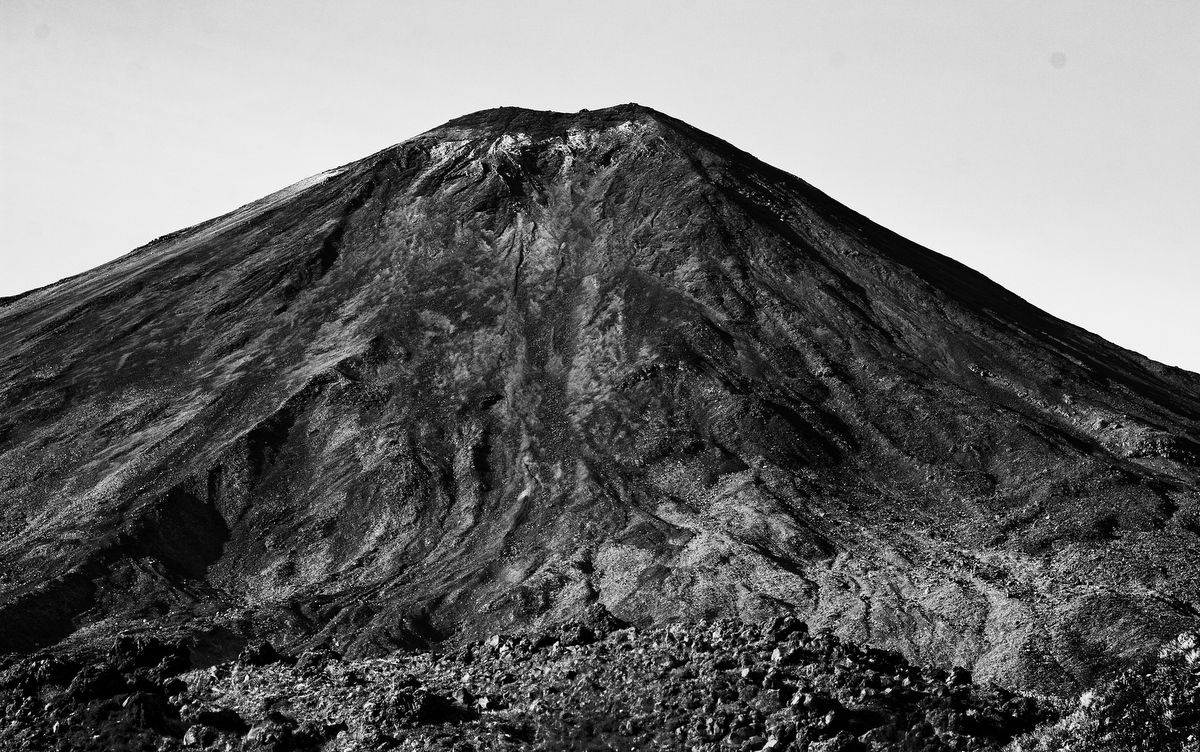
We’ve just been re-watching Peter Jackson’s Lord of the Rings trilogy, and it was just as splendid as ever.
It reminded me of my second visit to New Zealand, in 2007, and the day I spent walking the Tongariro Crossing; a dramatic volcanic landscape where many of the scenes in The Return of the King were filmed.
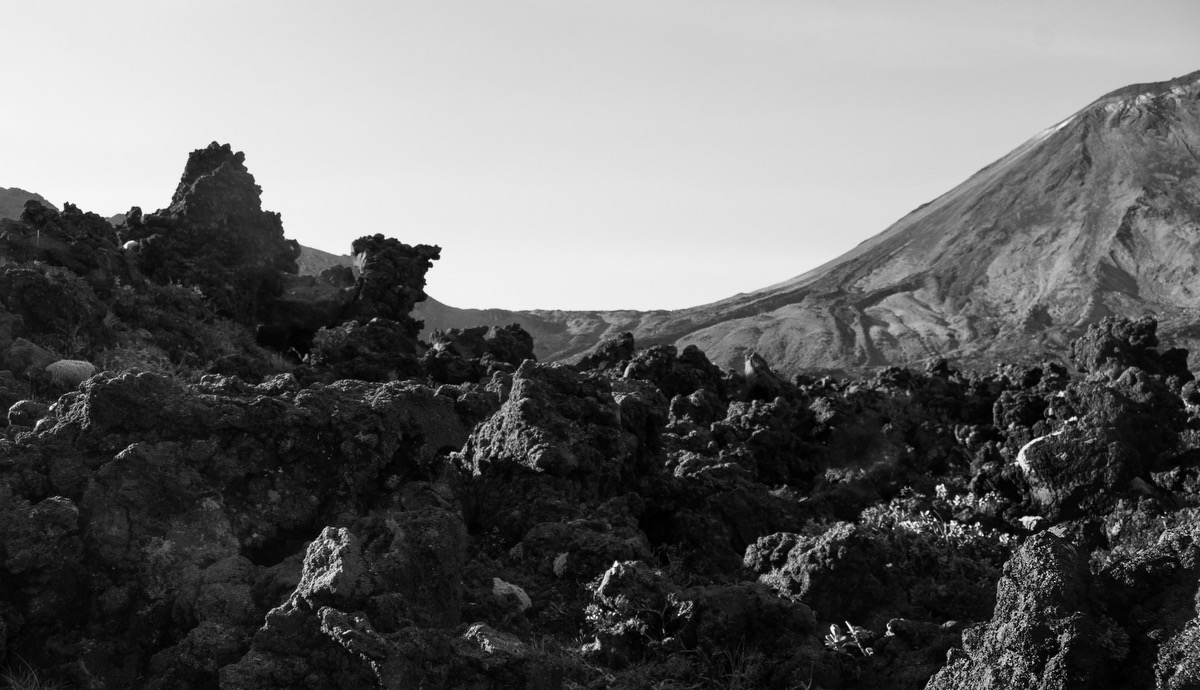
It’s fun showing it in gritty monochrome, but in fact some of its drama comes from the occasional bright colours amidst a landscape of Martian barreness.
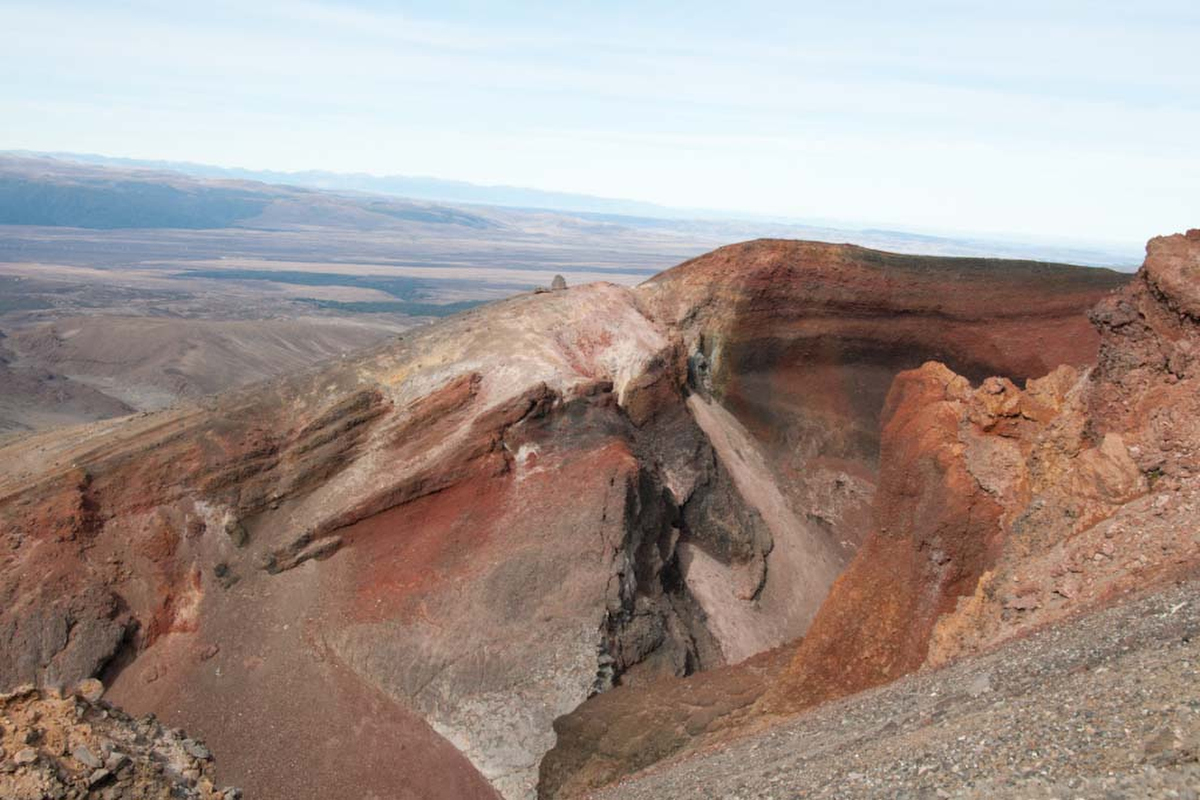
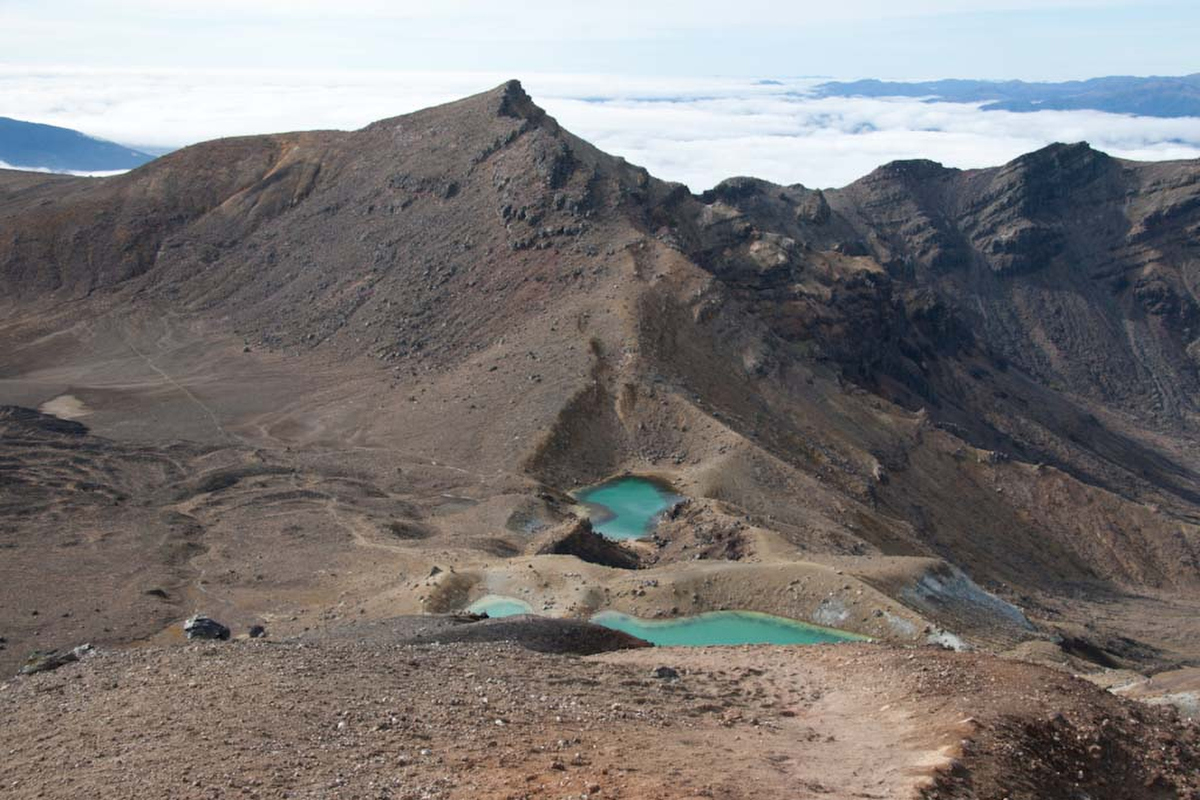
There are vast structures through which you can imagine rivers of heat must have poured.
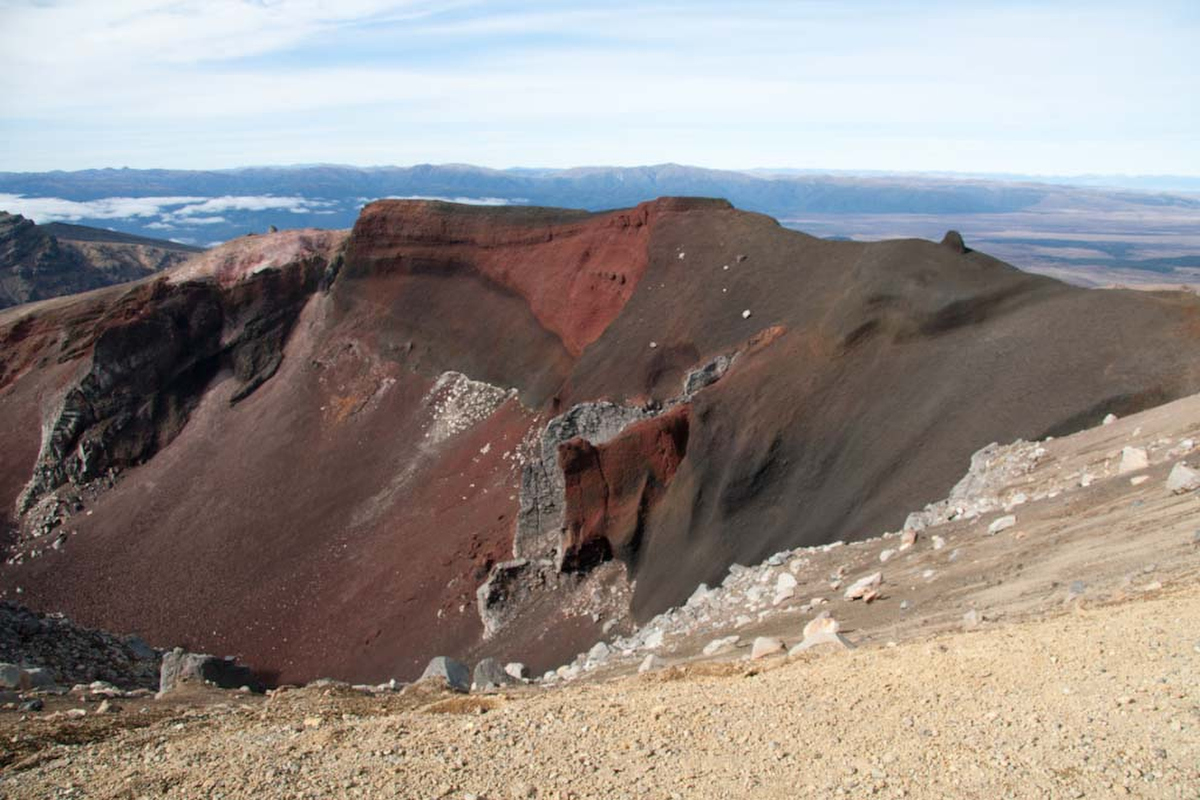
And some of the rocks look almost like man-made art installations.
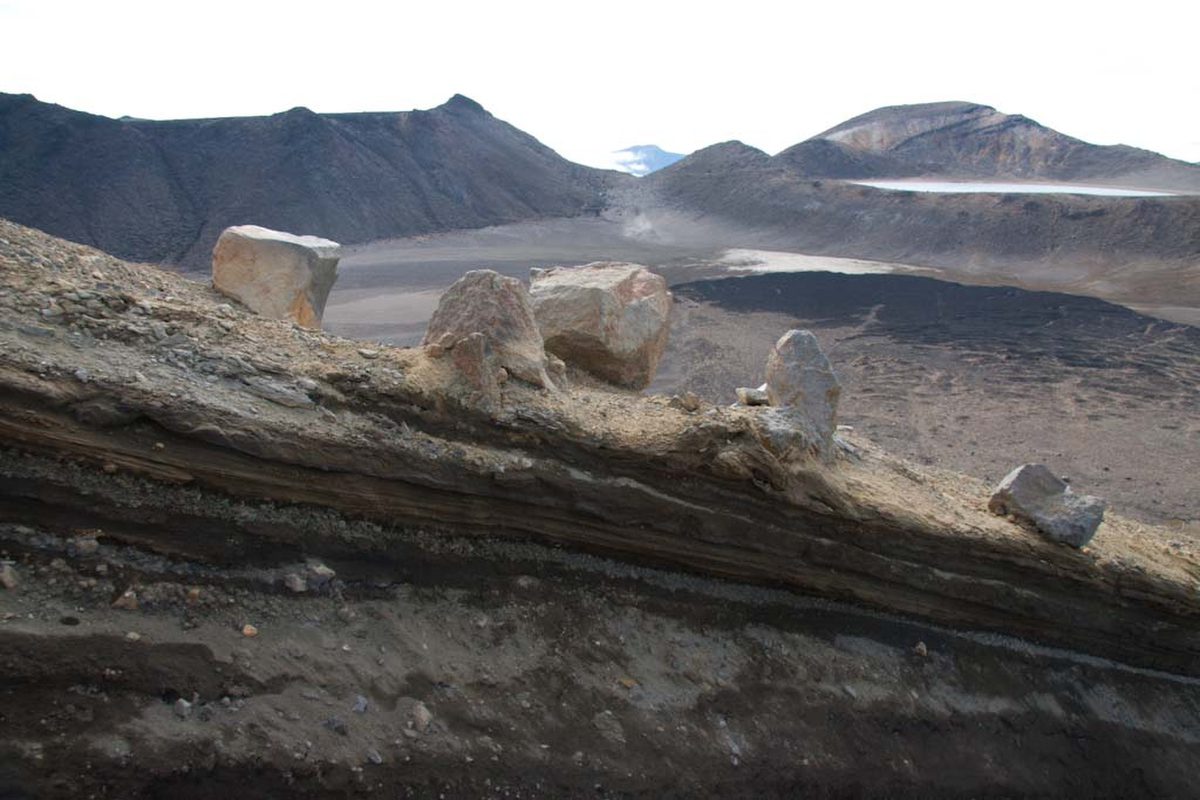
This other-worldly landscape emerges from placid surrounding plains, so you can look out and see what life is like back on Earth.
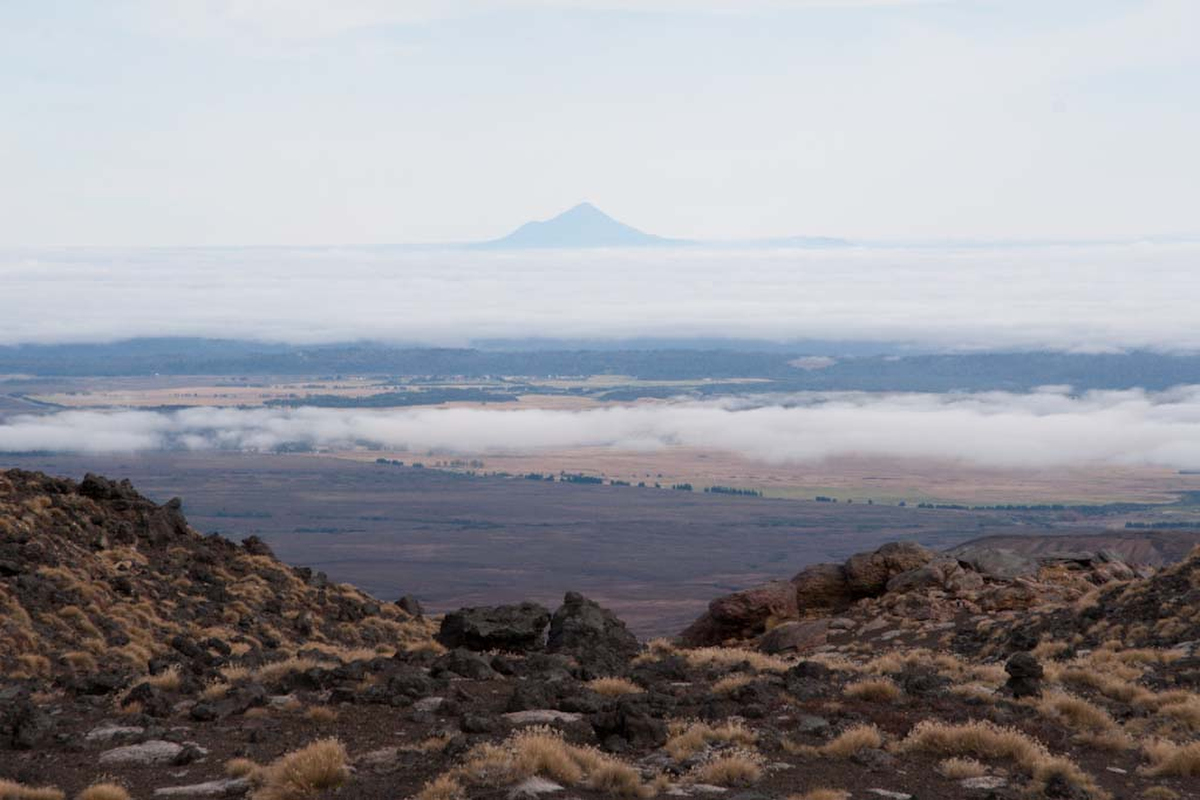
It’s a fascinating place, and makes for a most unusual one-day hike. Recommended, if you get the chance to visit.
On our mantlepiece, we have a small golf-ball-sized piece of volcanic lava that I brought home to Rose after my trip. “Here you are, darling; I’ve brought you a bit of Mount Doom!”
I always had a talent for romantic gestures.
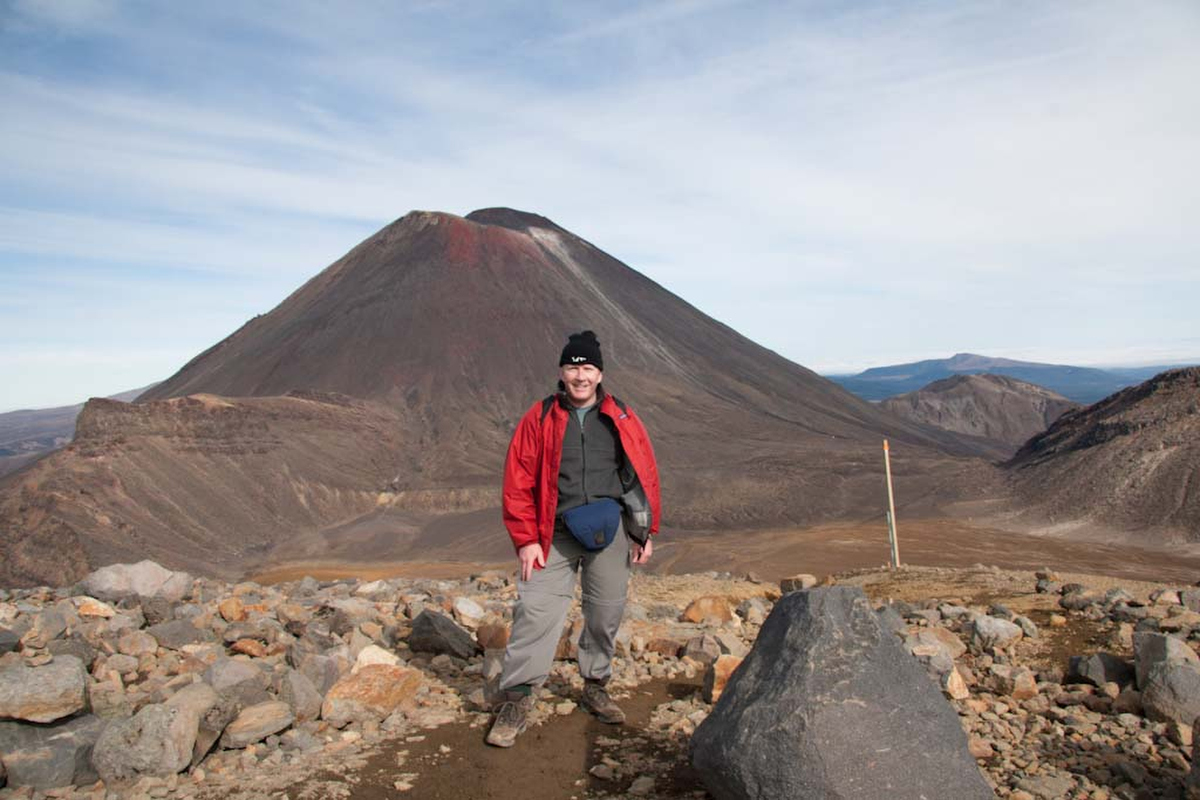
Catching up
We’re just back from a few splendid days staying in a cottage on the Pembrokeshire coast in Wales, followed by a weekend of sailing on the River Crouch in East Anglia, with stops in the Wye Valley and the Cotswolds in between. Fitting these into the same week-and-a-half involves rather large changes in longitude combined with almost zero change in latitude!
Wales is a country whose great beauty is occasionally visible through the downpours. I always love visiting, but when it rains, it really rains… and this is from someone whose childhood holidays were often spent in the Lake District: somewhere that is seldom described as arid! But we alternated the suncream and the umbrellas, and only occasionally got drenched.
We saw lovely harbours, both man-made and natural:
We visited seals and lighthouses; castles, cliffs, and cottages; superchargers and woollen mills, and we had some very good food. We saw ancient woods:
We saw the cathedral in St Davids, hidden so deeply in a valley that you can be in the same small town and hardly know it’s there. but it’s a wonderful and unusual place.
And then we rushed back across the country to go sailing in our little dinghy with friends from the Tideway Owners’ Association.
Now, exhausted but happy, we’ve come back to normal working life to recover…
Word Play
This is a really useful site, which I’ve somehow missed before now:
Are you wandering through an art gallery, and become fearful that your new date will laugh at you if you mispronounce trompe-l’oeil? Never fear! Just pop to the loo with your phone for a moment, and Forvo will let you find and listen to a number of native French speakers saying exactly that phrase. You can then return confident and ready to impress!
Passing through Scotland, and want to ask the way to Culzean or Glen Garioch without the locals sniggering at you?
It will do translations too. If you need to call for a helicopter to lift you off a German mountain, Forvo will both tell you the word, and how to say it.
The great thing about this is that it isn’t an automated voice; these are real people speaking, and you can often compare the same word being spoken by people from different regions. If you’re already familiar with it, you can vote on who pronounces it best, and if you think everybody has got it wrong, you can contribute a recording yourself.
Bellísimo! (as they say in Mexico)
Charging sideways: Towing Electric part II
I wrote a couple of months ago about my early experiences of towing with an electric car. A couple of quick updates, now that I’ve done a bit more towing of my little boat…
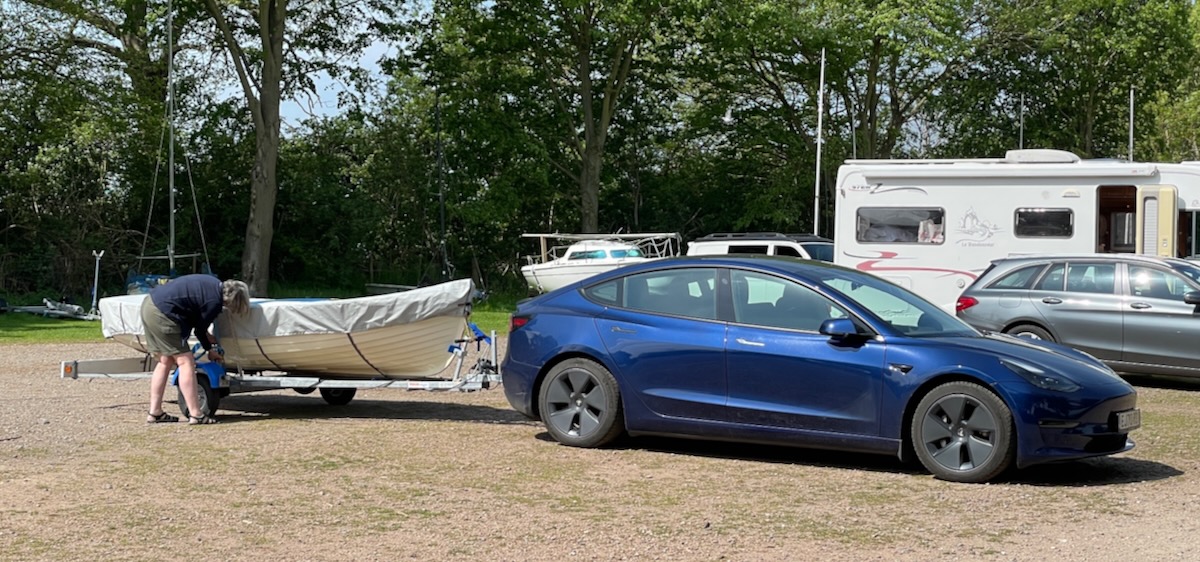
The general towing experience is excellent. The power and smooth acceleration, combined with a fairly heavy towing vehicle, make for a good ride.
Even the car’s reversing camera, which I had assumed would prove useless, turns out to be very handy with a small boat: you can check for any wildly flapping straps, reverse with more confidence, make sure you’ve left enough room going around a corner, and the towing ball itself is visible when trying to position yourself close to the trailer.
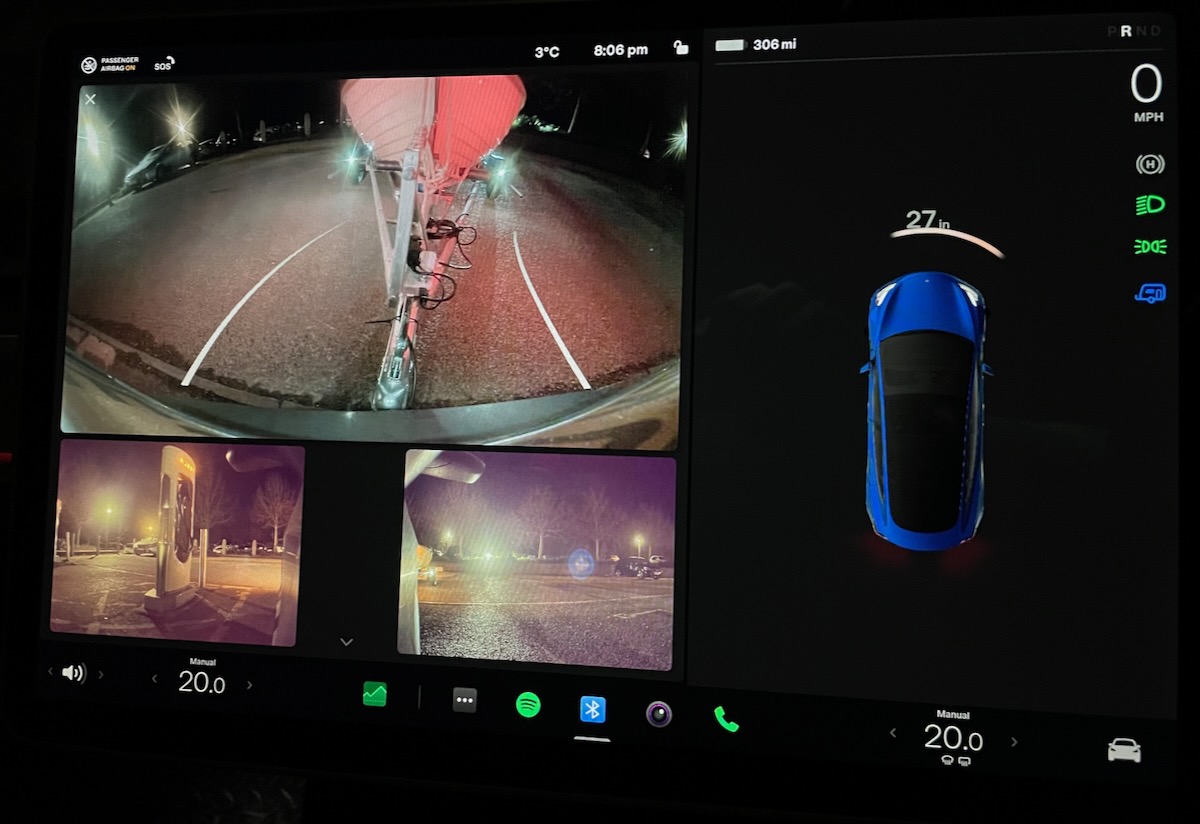
Since purchasing a good cover, and once I remembered that in the UK you’re not allowed to tow above 60mph, the aerodynamics aren’t too bad and I’ve been very pleasantly surprised by the efficiency. I tend to average about 320 Wh/mile while towing, which translates to just over 3.1 miles/kWh, or to put it another way, my Tesla Model 3 LR gets a range of over 230 miles. (Since this is at least 4 hours of driving, and more than 3 times the distance my first EV would go when not towing, I’m very happy!)
In addition to my load being fairly light and streamlined, I’m guessing that I benefit significantly from the fact that this is an unbraked trailer. In the UK, any load that weighs more than 750kg is required to have its own brakes: as you slow down and the trailer compresses a spring on the towing hitch, these brakes are applied. If, however, you can get away without needing this on an EV, then the momentum of the trailer is converted back into battery charge by the regenerative braking system of the car as you slow down, rather than being lost as heat. My first experiences of towing with an EV involved a significantly heavier, more ancient, less streamlined and generally much clunkier braked trailer, and the effects on my range were much more dramatic. Your mileage, as the saying goes may vary!
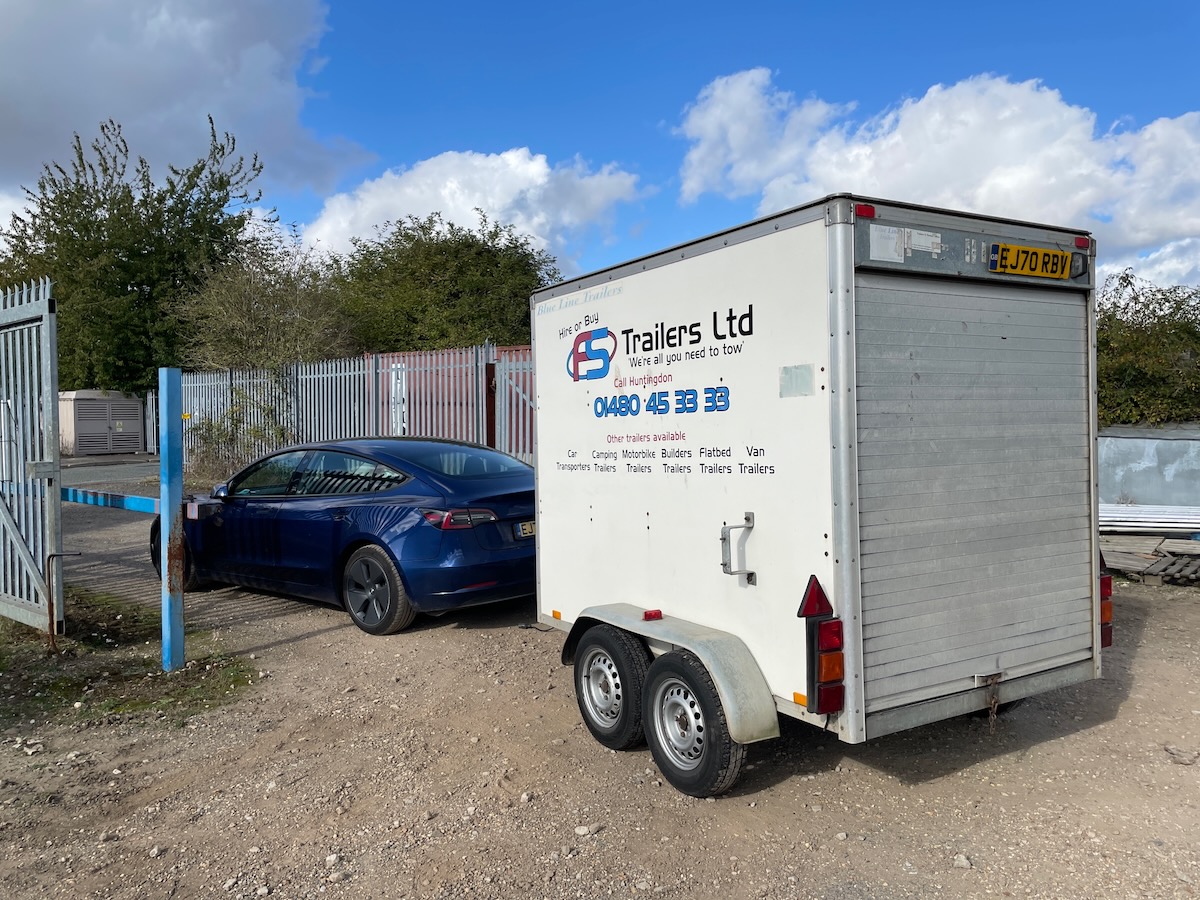
- In the future, I imagine, heavier trailers will come with dynamos/motors attached to the wheels, so they can do their own regenerative braking. These might be more basic than would be needed to provide significant motive power while driving at speed, but they could perhaps double up as the remote-controlled motor-movers employed on caravans to allow easy final positioning at your destination once you’ve disconnected from your car. I sense a real future business opportunity here, by the way. Anyone fancy collaborating on a start-up?
More about charging
Since, given the right charger, my car (and many other modern ones) can charge really very fast, the fact that I have to stop every three or four hours to do so is hardly a major concern!
However, as I’ve pointed out in the past, the design of most charging stations in the UK is hardly optimised for those who are towing!
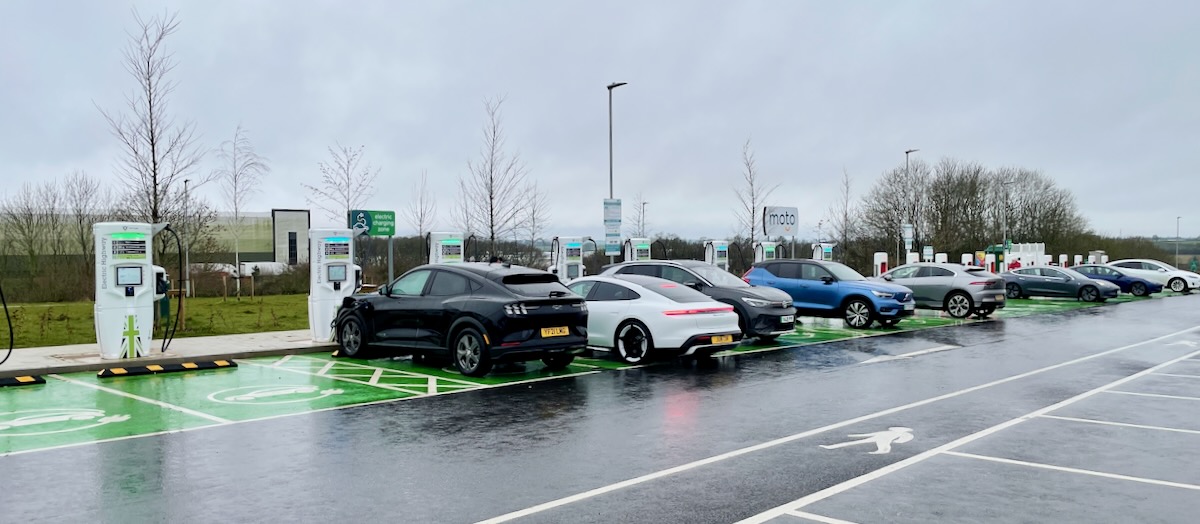
The Gridserve Electric Forecourt at Braintree is one pleasing exception, but in general, EV owners will often need to unhitch their load before charging. This is not a problem for a light trailer like mine with a jockey wheel, but it’s another reason those motor-movers might come in handy!
So far, I’ve only needed to charge away from home three times while towing, and on two of those occasions, I’ve managed to get away without unhitching, either by visiting remote superchargers at off-peak periods…
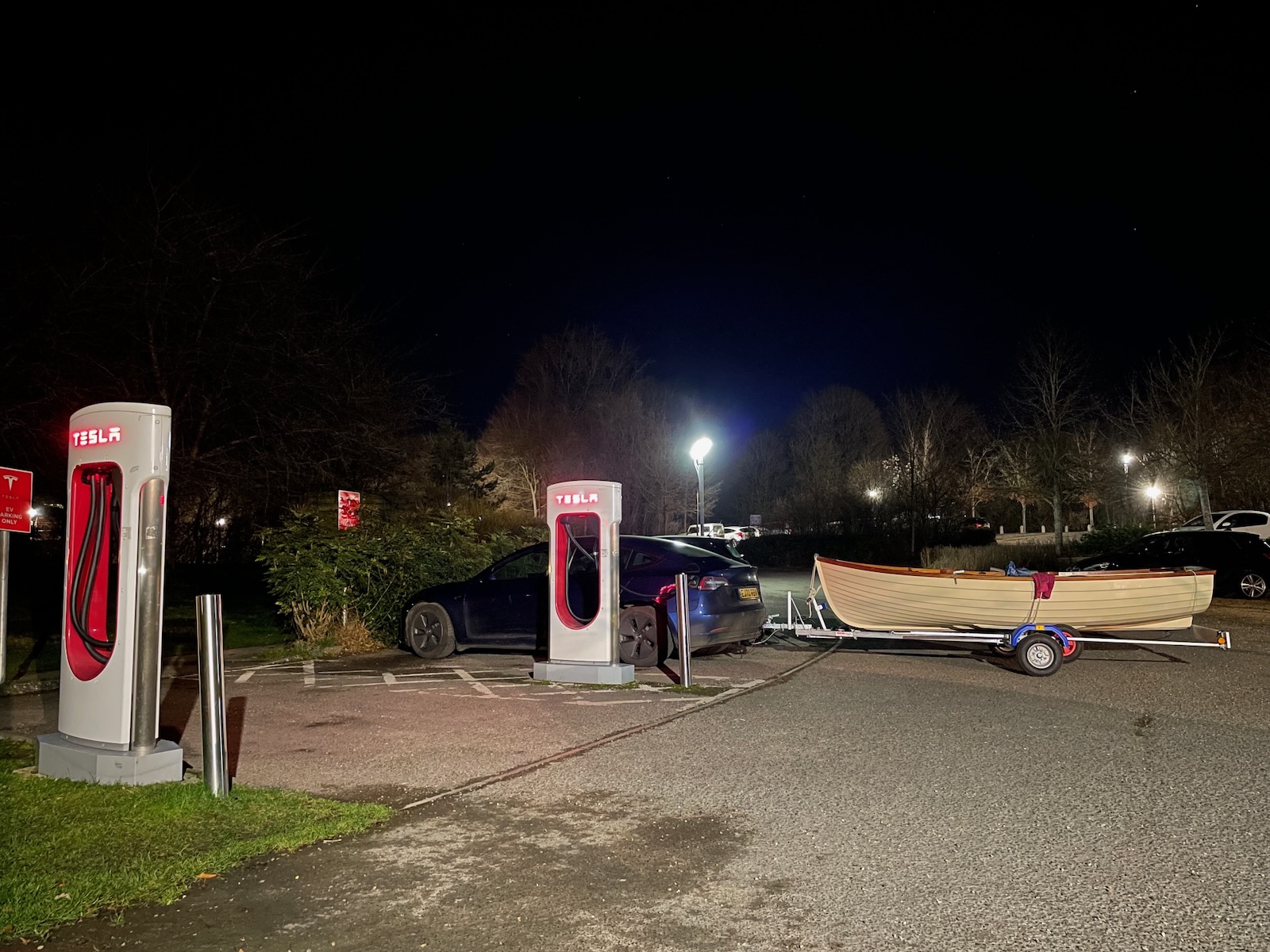
… or by blatantly abusing the facilities when there aren’t any other people needing to get to them, as I did on Friday!
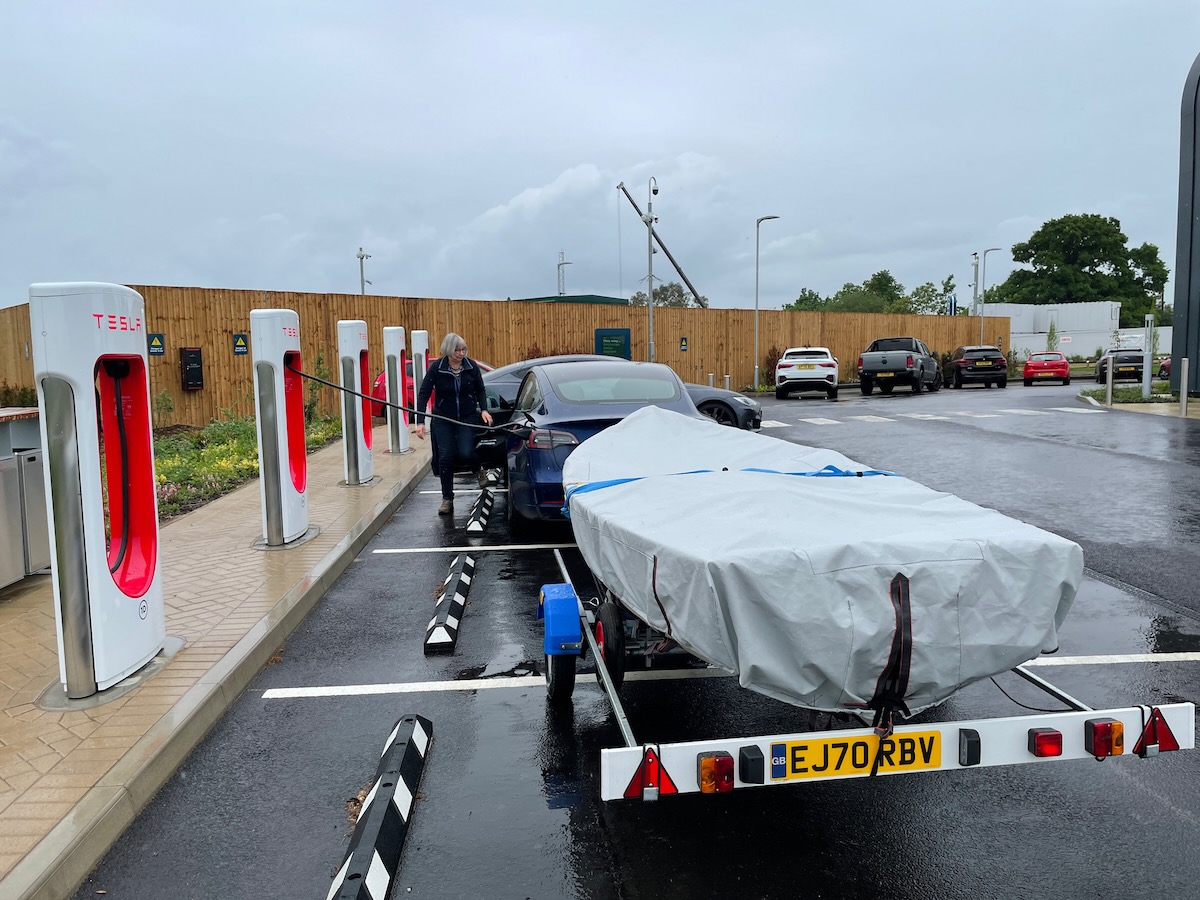
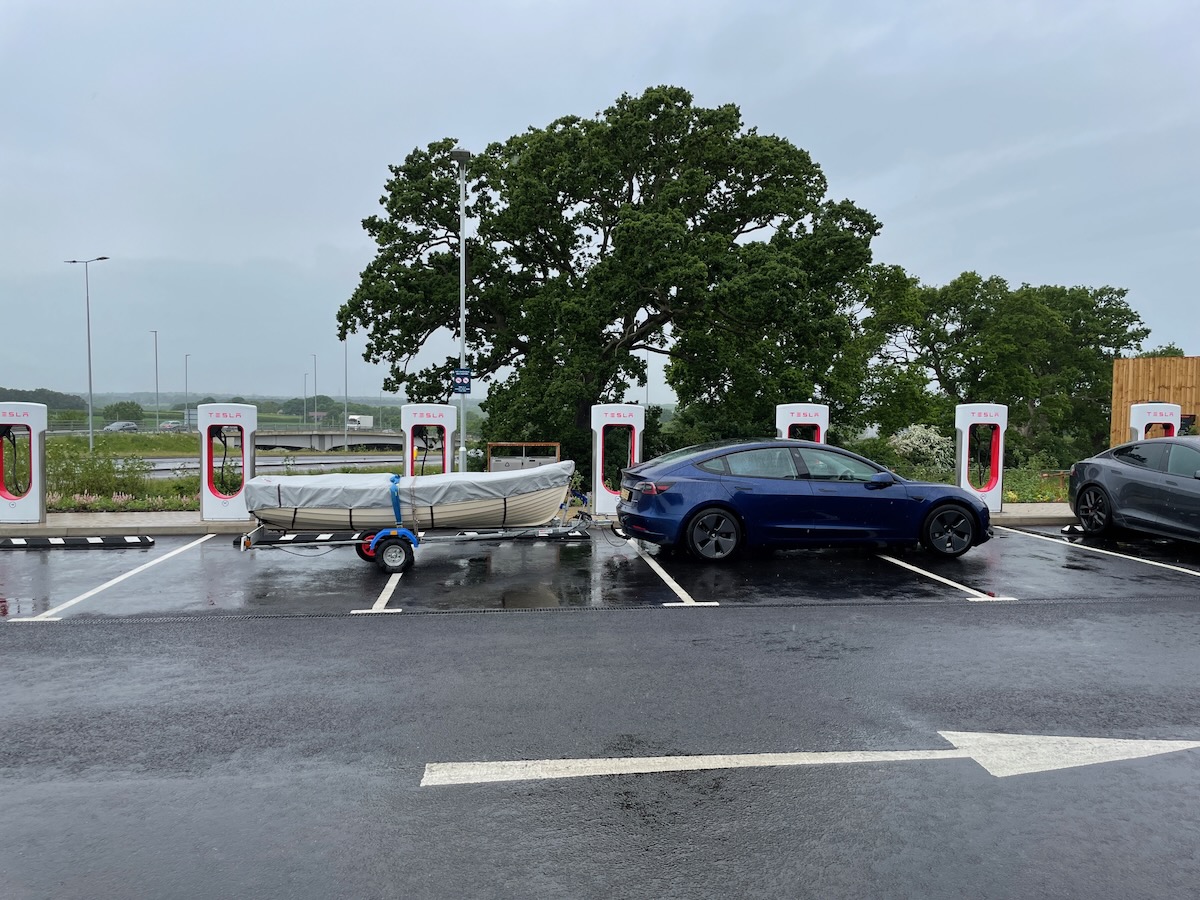
That arrow on the road does indicate how you’re meant to park, doesn’t it?
Forecourt futures?
If only they all looked like this…
A few years ago, I was involved in a big brainstorming session with some senior staff from BP. We had gathered, from both sides of the Atlantic, to consider some of the implications of technology changes on their business, and one of the topics discussed was the future of the retail forecourt: the petrol station, as most of us know it today. There was one thing we were all pretty much agreed on about its future: that it hadn’t got one.
The problem is that electric cars give you a very different refuelling experience from cars burning dinosaur juice. The bad news is that it takes longer, as we all know. Even when I’m charging my Tesla at speeds that would have astonished me when I first started driving EVs, I’m still generally there for 20-30 minutes, rather than the five minutes I would have spent filling up with petrol.
But the good news is that you don’t have to stand there while it’s happening, shivering, breathing in those lovely fumes, and wondering if your shoes will reek of diesel for the rest of the day. Instead, you can be inside the car watching the latest episode of your favourite show, or having a drink at the nearby cafe, or taking the dog for a walk. One of our favourite superchargers is in a multi-storey car park near Bristol, where you can just plug in and stroll over to John Lewis to purchase pillowcases, or whatever takes your fancy.
(As an aside, I think this is very healthy: on long drives, it’s important to take a proper break every so often, not just for your own wellbeing, but for the safety of those you may be approaching at speed later in the journey. EVs almost enforce that.)
Now, you could beef up the shopping/dining experience at some petrol stations, but it’s not really enough. The problem for those who have invested large amounts in forecourt real estate is that these stations are generally the wrong size for charging points — you need bigger parking areas and bigger retail areas — and many of them are not where you’d actually want to spend much time: on noisy town-centre roundabouts or on the edge of a busy bypass. Add to that the fact that they aren’t necessarily in good locations for a high-power connection to the electricity grid, and you’d think it probably makes sense to start selling them off. Oh, except you’ve spent a few decades storing and spilling toxic liquids there, so that’s a bit tricky too.
After the gas has gone…
We discussed other possible uses for the sites, which, despite some problems, do have the merit of being close to good road links, and often close to towns.
One idea was that they might become last-hop delivery hubs. Instead of fuel tankers rolling in during the night to top up the tanks, it would be big Amazon trucks coming to offload their parcels. Then a fleet of smaller electric vans would zip out from there during the day, doing the deliveries.
Someone else pointed out that there’s another service to which people often need quick and easy access while travelling: the loo! Yes, petrol stations are ideally placed for public conveniences, but up to now, that part of any visit has not always been very inspiring! Apparently one gas station chain in the States made their toilets a feature, advertising that they had the nicest bathrooms in the business! I thought this was very smart: there’s not much else to distinguish one station from another, so this was a cunning way to make your visit one of choice (as well as necessity!) Could you, we wondered, actually dispense with the petrol station, and instead draw people to your roadside retail experience through the quality and cleanliness of the adjacent WC? I like that idea, though it might require some clever marketing!
I suggested that they might want to develop a brand and business that wasn’t tied to particular premises in the same way. In the past, petrol stations were expensive and difficult to install, and they added retail experiences onto them to try to increase the profitability of each visit. But in the future, what people would want was not a Costa Coffee shop next to their refuelling point, but a refuelling stop next to their Costa Coffee. And that was much more viable than it ever had been in the past. Who was going to make it really easy for a supermarket, restaurant, shopping mall or pub to turn their existing car park into a charging centre? This, I thought, was an opportunity.
(Interestingly, almost on that exact day, it also became public that BP were buying the Polar/Chargemaster charging network, which was a smart way to get a good foothold in the charging world in the UK.)
Happy memories
Anyway, just to finish this on a personal note, and to show they’re not all bad, I do have a favourite petrol station, of all the ones I’ve visited in my life.
It stood right on the side of a Norwegian fjord, not far from a cottage where I stayed with my parents and grandparents on holiday sometime in the mid-1980s. You filled up your tank in a gentle sea breeze, surrounded by some of the most stunning scenery I’ve ever seen, and then strolled into the shop to pay. This was also the local grocery shop for that side of the fjord. (For the post office, bank, and the other shop, we would just go into to the cottage’s boathouse, get into the dinghy and chug across to the other side of the water.) Anyway, I remember that the two or three fuel pumps had unusually long hoses, because they were also sometimes used to fill up the boats which could pull in just as easily as cars.
And in the spaces between the pumps? Flower boxes.
Yes, that was a really lovely spot to fill up, and it would also make an amazing charging station. Perhaps, knowing Norway, I’ll be able to go back someday in my current car and fill up again…
Bird’s Eye View
We’re on holiday in the Norfolk Broads, spending most of our time messing about in boats, but also enjoying the wonderful wildlife.
Who, us?
The birds are omnipresent, even in the garden of our riverside cottage, where this rather splendid goose has been sitting on her nest since we arrived. She and Tilly have decided to ignore each other.
Here’s what the village of Horning looks like, for anyone thinking of flying over:
(Link here if you can’t see the embedded video. If your computer and your network connection will allow it, I recommend viewing it full screen and setting the YouTube resolution to 4K.)
Our rental cottage comes with a convenient parking space, just outside the back door:
But there is another one too, if you prefer to arrive by car. It’s at the end of the little bridge, just past the heron.
A Traditional Tesla Blessing
My friend Gareth, hearing that I was about set off for a long journey across the country in my electric car, wished me well. “Bon Voyage”, he said, “and may all your supercharges be 100kW+”.
This kind thought prompted me to do some serious research into other traditional travellers’ blessings. After weeks of diligent studies in the library of Trinity College Dublin, I came across a previously-unknown fragment, hidden between the pages of an old vellum manuscript. On being translated from the Gaelic and converted into unicode, it reads roughly as follows, and I’d like to offer it to all my readers as my best wishes for you all in 2022:
“May the road rise up to meet you
And may you regenerate efficiently on the way back down.
May the sun not blind your autopilot cameras,
And the rain fall soft on your wiper sensors.
Until we meet again…
Wherever this sat-nav chooses to take us.”
My favourite cashpoint (ATM) machine
We’ve spent the last few days in our favourite part of North Norfolk, and one of the places we visited was the old priory at Binham.
Just next door to it is a dairy farm.
We’ve been here before, but, since we last visited, the enterprising farmer has opened a wonderful shop.
And I call it wonderful, despite the fact that it has no staff and contains only a few vending machines. But these are refrigerated machines, that contain fresh produce from this and other nearby farms. One is full of cheeses, and I can confirm that all the ones we bought are very good.
Also there is a dispenser of fresh, unpasteurised milk: bring your reusable bottle and top up from the machine. (Pictures on the dairy’s site here.)
But amidst all of this wonderful stuff, there was also a glimpse of the past, or perhaps the future. Remember those things called coins, which we used to need for buying things, but which are now only used as tokens for remote car parks?
Well, here, you can pay £5 with your contactless card, phone or watch, and get £5-worth of them: a £2 and three £1 coins in a little bag. I thought that was great!
Oh, and the yoghurt is truly excellent too.
Transport tribulations
Two quick random thoughts this morning related to cars…
The UK’s petrol stations are having supply problems, because there aren’t enough lorry drivers. (There’s a training and testing backlog as a result of Covid, and many drivers departed for better conditions elsewhere post-Brexit.) So, because some places are running out, people are panic-buying, and the pumps are emptying faster than they can be refilled.
Having driven electric vehicles for the last six years now, I’m able to take a more detached view of this, but I’m interested that, amidst the discussions of drafting in the army etc, I haven’t heard much talk of simply putting the prices up dramatically and temporarily. That, after all, is the usual way of regulating demand to match supply. I guess the problem is that fossil fuel is seen as an essential supply, so you are deemed to be disproportionately penalising the poor if you put the price up for everybody.
But, if many customers are just buying more than they need in the short term, I wonder if petrol pump manufacturers might now look at software updates to allow more flexible pricing should this happen again. For example, imagine that your first 20 litres were at the normal price, and anything over that cost twice as much. Would that work? Comments welcome below.
OK, second transport-related note for the day. I’m generally a fan (though an infrequent user) of services like Uber and Lyft, and we also have a decent local taxi service around here (who have had to get their act together in recent years as a result of the modern competition and so have things like a pretty-decent app too).
But I’ve never bought into the idea that car ownership will soon be a thing of the past and that we’ll all soon just summon vehicles at need, whether driven by humans or robots. Yes, we’ll see more of that happening eventually, but I suspect they’ll take the form of a large number of small cheap autonomous electric pods hanging around near the village green and in the supermarket car park, to be summoned quickly and at low cost. And that’s a few years away yet.
In the meantime, therefore, I was interested in this study from Carnegie Mellon which suggests that ridesourcing options like Lyft, Uber and your local taxi company may not be the best solution for society. The abstract:
On-demand ridesourcing services from transportation network companies (TNCs), such as Uber and Lyft, have reshaped urban travel and changed externality costs from vehicle emissions, congestion, crashes, and noise. To quantify these changes, we simulate replacing private vehicle travel with TNCs in six U.S. cities. On average, we find a 50–60% decline in air pollutant emission externalities from NOx, PM2.5, and VOCs due to avoided “cold starts” and relatively newer, lower-emitting TNC vehicles. However, increased vehicle travel from deadheading creates a ∼20% increase in fuel consumption and associated greenhouse gas emissions and a ∼60% increase in external costs from congestion, crashes, and noise. Overall, shifting private travel to TNCs increases external costs by 30–35% (adding 32–37 ¢ of external costs per trip, on average). This change in externalities increases threefold when TNCs displace transit or active transport, drops by 16–17% when TNC vehicles are zero-emission electric, and potentially results in reduced externalities when TNC rides are pooled.
The abstract even has an elevator-pitch graphic:
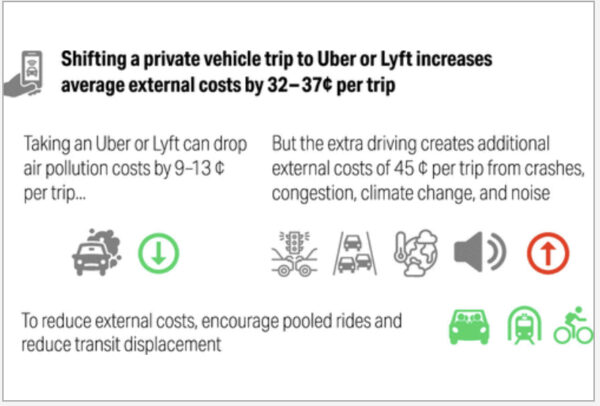
So the quick summary, which I guess is reasonably obvious: to benefit society, use a train, bus, or bike rather than a taxi-type service… or even your own car, especially if it doesn’t use that dinosaur juice that everyone else is queuing up to buy.
© Copyright Quentin Stafford-Fraser
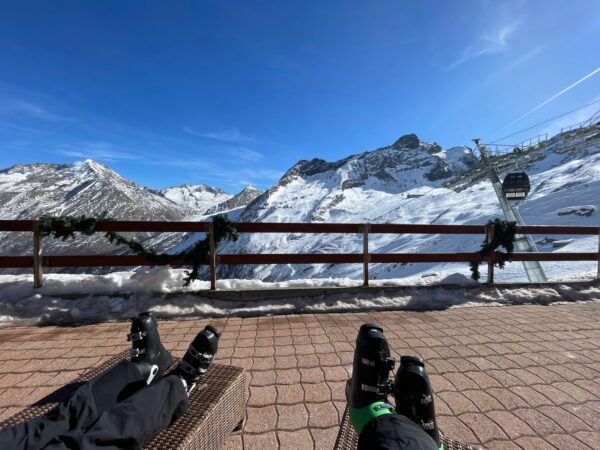
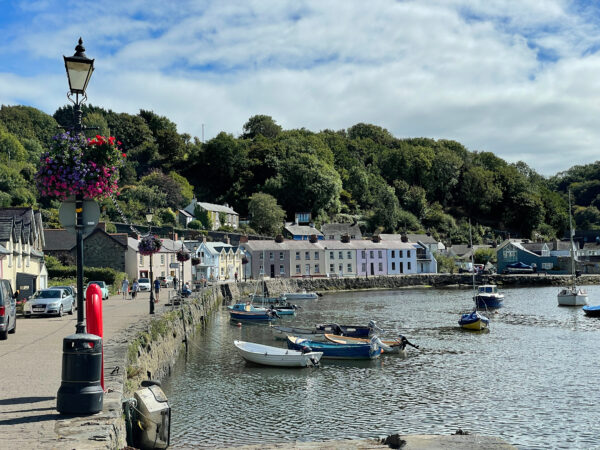
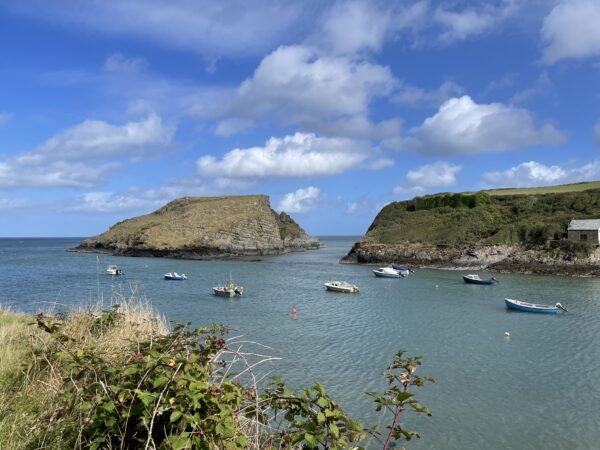



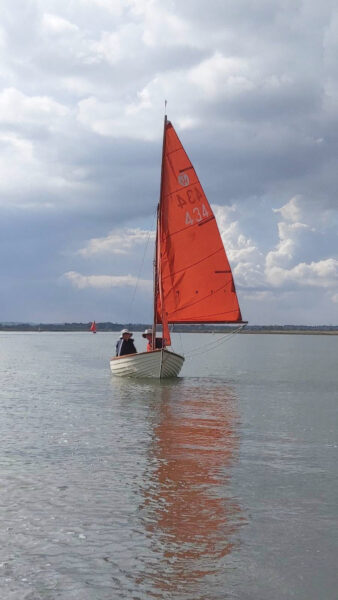

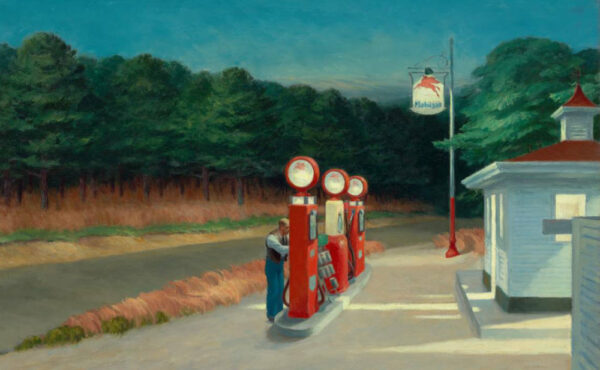
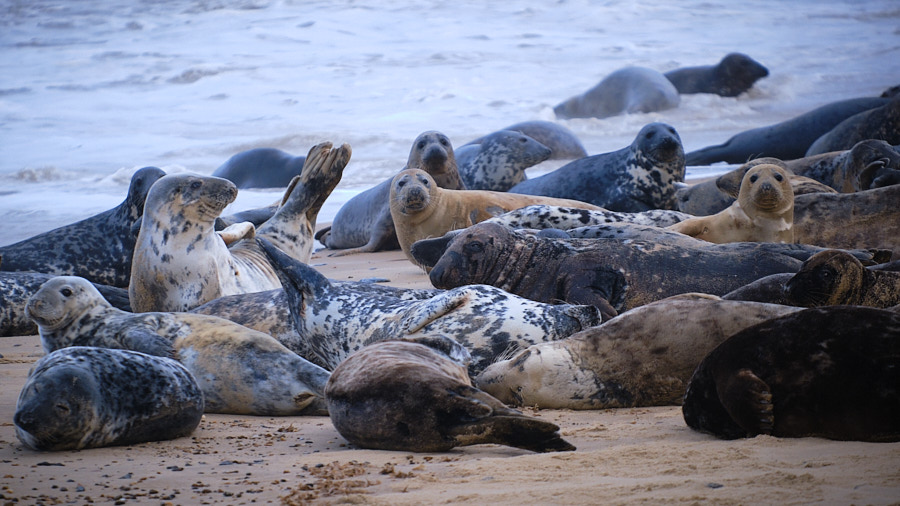
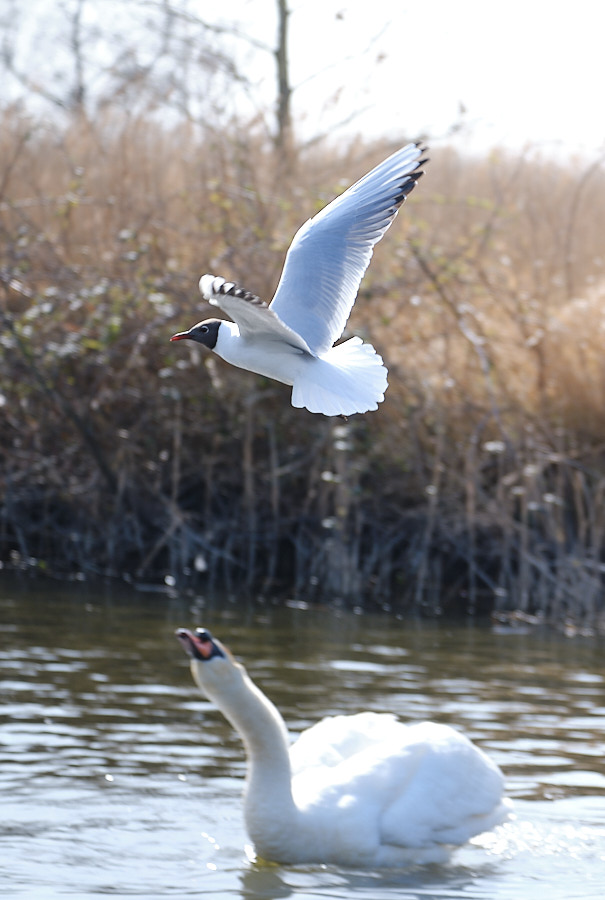
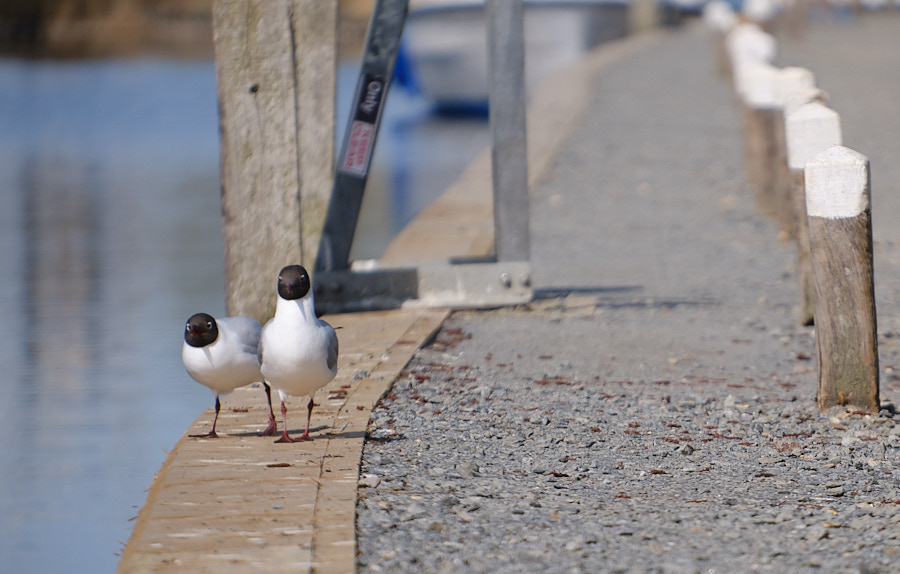

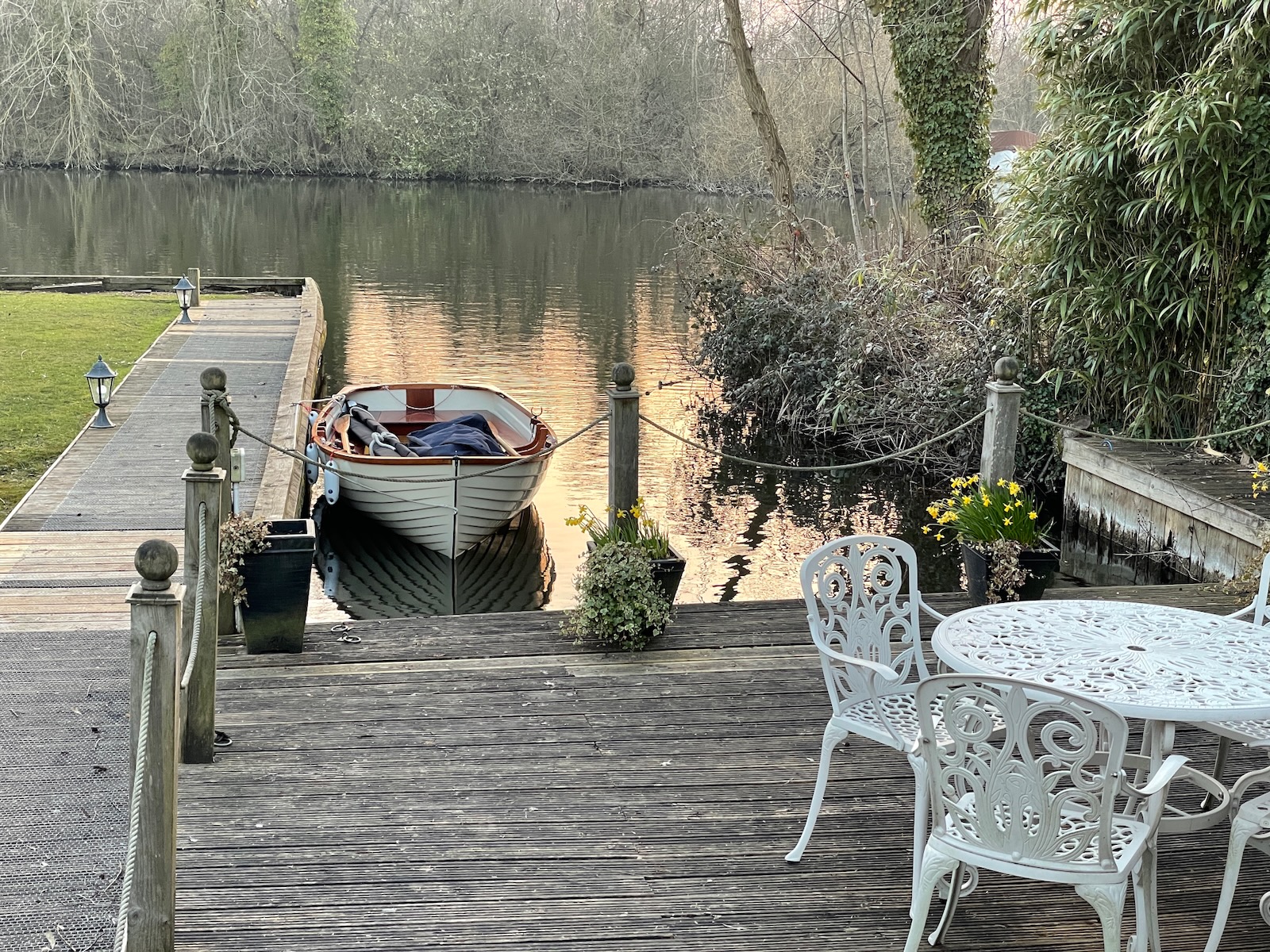
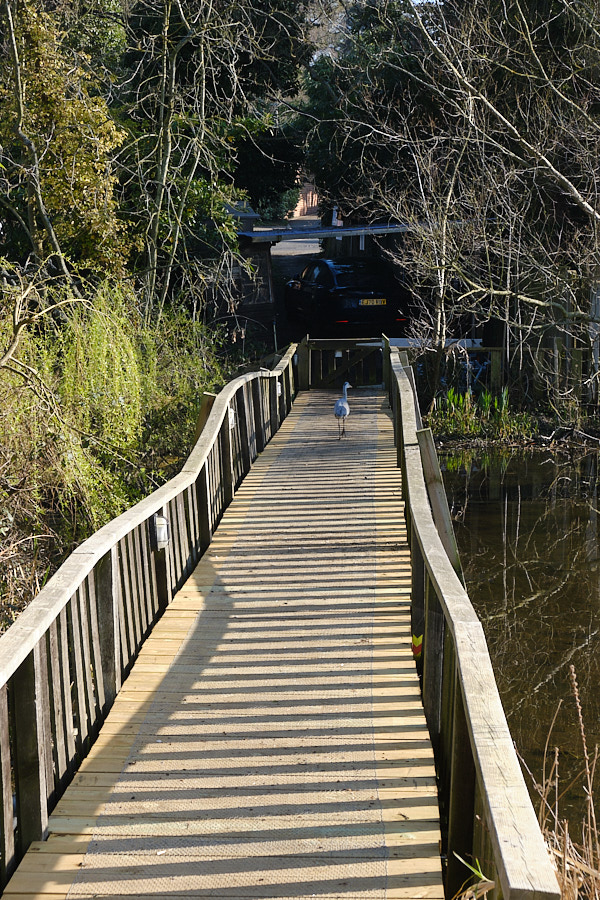
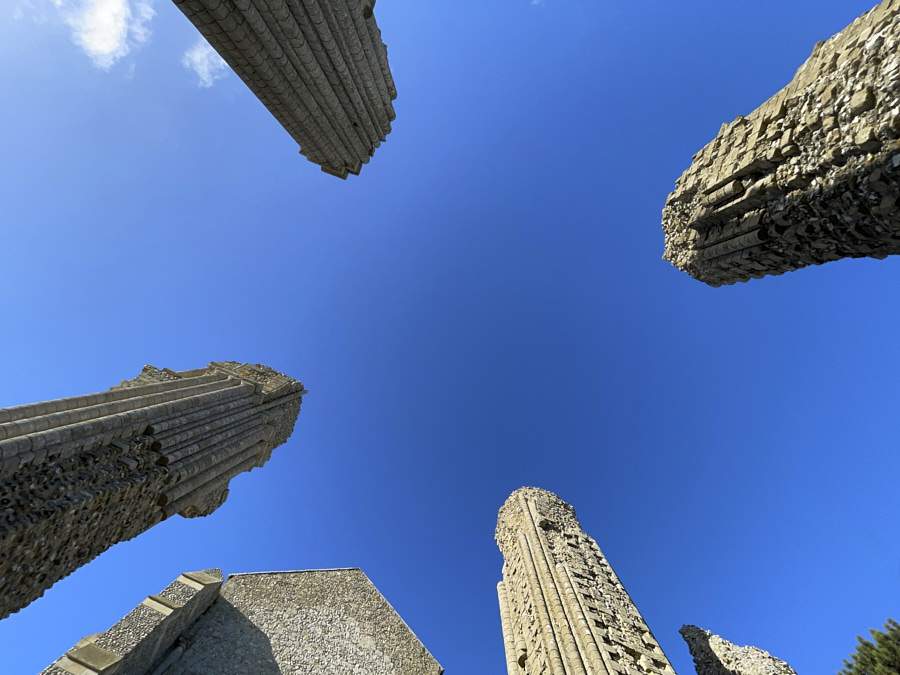
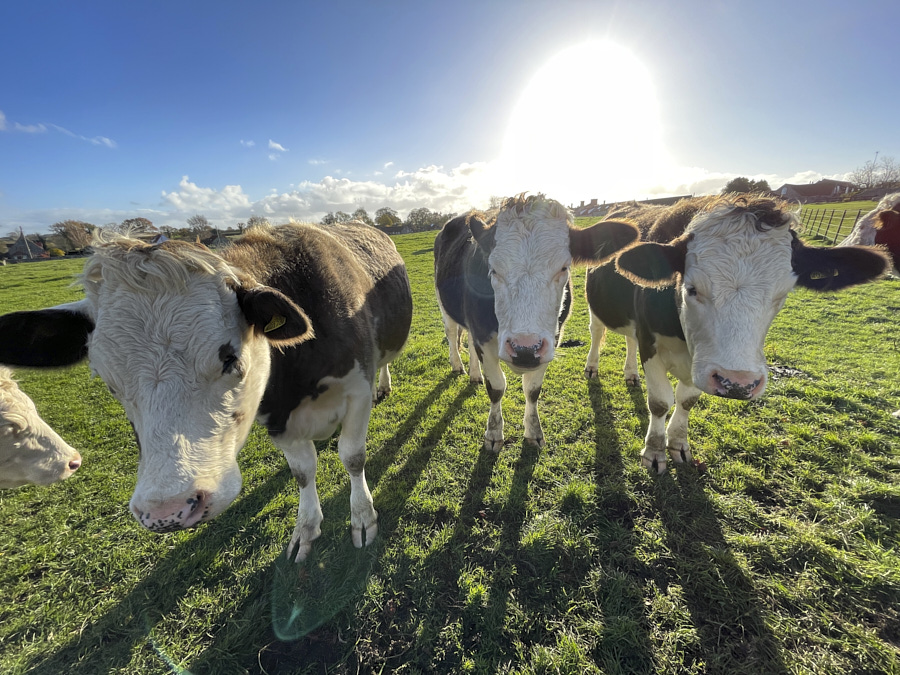
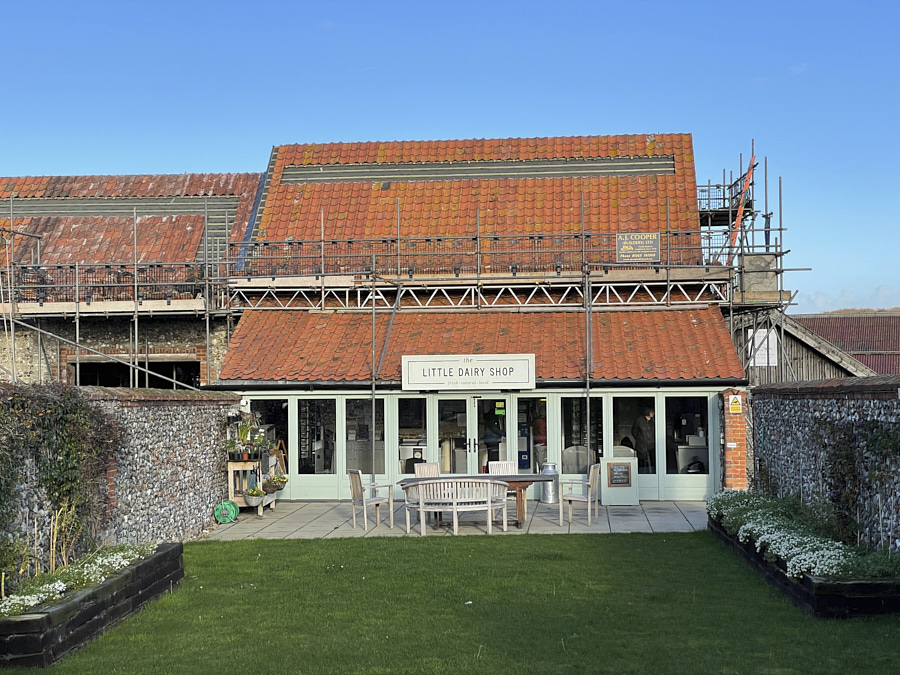
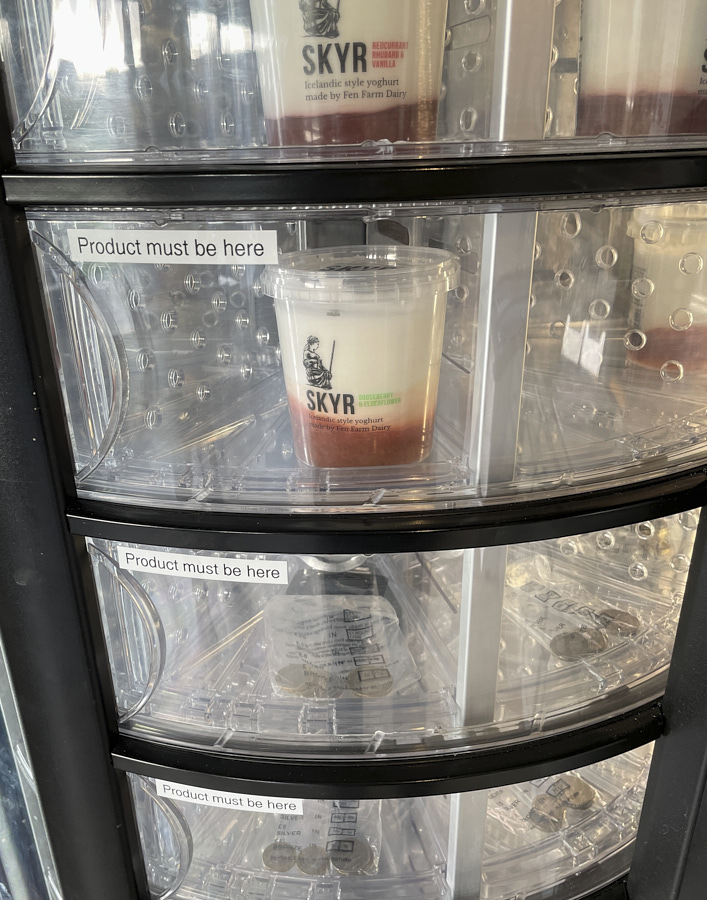
Recent Comments